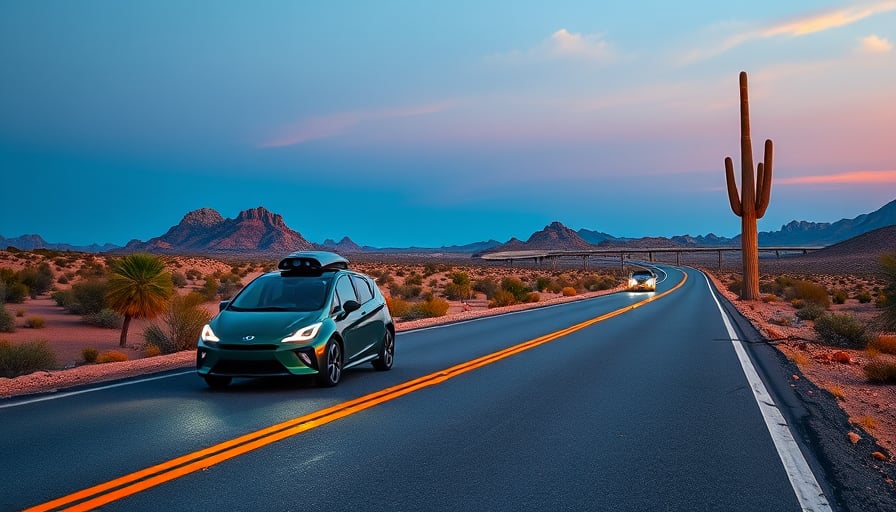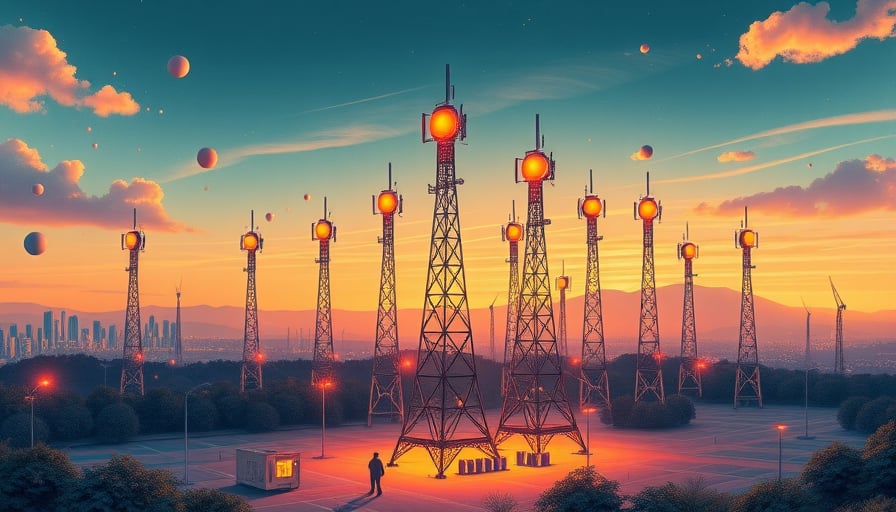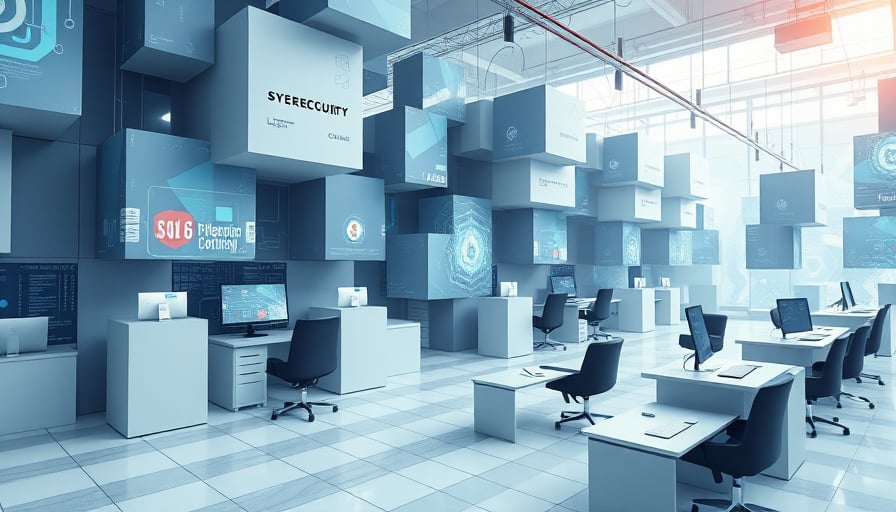Tesla Inc. Faces Scrutiny Over Robotaxi Safety Amid Regulated Expansion
The recent viral footage of a Tesla safety driver allegedly falling asleep behind the wheel of a robotaxi in San Francisco has reignited concerns about the automaker’s autonomous vehicle safety protocols. The incident, captured by a bystander’s smartphone, shows the driver in a deep slumber while the vehicle was reportedly monitoring a passenger. Dan O’Dowd, founder of the Dawn Project—a coalition of autonomous‑vehicle safety advocates—publicly criticized Tesla’s oversight, calling the event a “warning sign” that the company’s current human‑in‑the‑loop procedures may be insufficient.
Unpacking the Safety Gap
An independent review of Tesla’s safety driver policy reveals that the company currently employs a passive monitoring system rather than an active intervention framework. While the driver’s primary role is to oversee the vehicle’s sensors, Tesla has not mandated a mandatory “alert‑to‑action” protocol that would require the safety driver to engage immediately when the system flags a potential hazard. This contrasts with industry leaders such as Waymo, whose safety drivers are trained to intervene within one second of a system alert, and with the SAE Level 4 requirements that call for a “human‑in‑the‑loop” model only when a driver can safely take over.
Financial analysts from Stifel have quantified the potential impact of this safety oversight. In a recent research note, the brokerage projected that a reversal of investor confidence could lead to a 3–5 % decline in Tesla’s share price, assuming a 1–2 % drop in the company’s valuation multiple. They argued that a broader market perception of inadequate safety protocols could affect Tesla’s ability to secure future regulatory approvals and partnership agreements.
Regulatory Momentum in Arizona
Despite safety controversies, Tesla has made regulatory headway with a newly granted permit in Arizona. The state’s Department of Transportation has authorized Tesla to operate a ride‑hailing platform that resembles an Uber‑like service, albeit without permitting driverless operations at this stage. The permit requires Tesla to meet stringent data security and vehicle reliability standards before autonomous rides can commence.
From a market perspective, this approval is a significant milestone. Arizona’s economy hosts a sizable transportation sector, and the state’s regulatory framework is considered relatively business‑friendly. Tesla’s entry could capture an estimated $1.2 billion of the state’s projected autonomous‑vehicle market by 2028. Stifel’s research note posited that the potential revenue from Arizona’s robotaxi service could lift Tesla’s operating margin by 0.4–0.6 percentage points, assuming an average fare of $12 per ride and a projected fleet utilization of 55 %.
Competitive Landscape and Overlooked Risks
Tesla’s robotaxi strategy faces stiff competition from incumbents like Lyft, Uber, and new entrants such as Nuro and Rivian. Lyft and Uber have already secured substantial investments in autonomous tech and have begun pilot programs in multiple U.S. cities. Meanwhile, Waymo’s partnership with Chrysler and its established robotaxi network in Phoenix give it a head‑start in the autonomous ride‑hailing space.
A key overlooked risk is Tesla’s reliance on in‑house software for its Autopilot and Full Self‑Driving (FSD) stack. While vertical integration offers control, it also concentrates risk: any software flaw can propagate across all vehicle models. Conversely, a strategic partnership with a proven autonomous‑vehicle platform could mitigate this risk while accelerating deployment timelines. Tesla’s current partnership with Xilinx for chip manufacturing demonstrates a willingness to outsource critical components, but a broader alliance with a robotics firm could further diversify risk.
Another potential opportunity lies in leveraging Tesla’s gigafactory network for rapid deployment of robotaxi fleets. By converting existing production lines to produce dedicated robotaxi units, Tesla could achieve economies of scale that rival the modular platforms used by competitors. However, the capital intensity of this conversion—estimated at $3–4 billion—must be weighed against the uncertain regulatory path and consumer acceptance of autonomous ride‑hailing services.
Conclusion
The juxtaposition of safety concerns and regulatory progress underscores a pivotal moment for Tesla’s autonomous strategy. While the company’s recent permit in Arizona signals regulatory approval and potential revenue streams, the incident involving a drowsy safety driver casts doubt on the robustness of its safety protocols. Investors and analysts must scrutinize whether Tesla can harmonize aggressive market expansion with the stringent safety and regulatory standards demanded by both regulators and the public. Only by addressing these intertwined challenges can the company safeguard its competitive edge and secure a sustainable position in the nascent autonomous ride‑hailing market.




